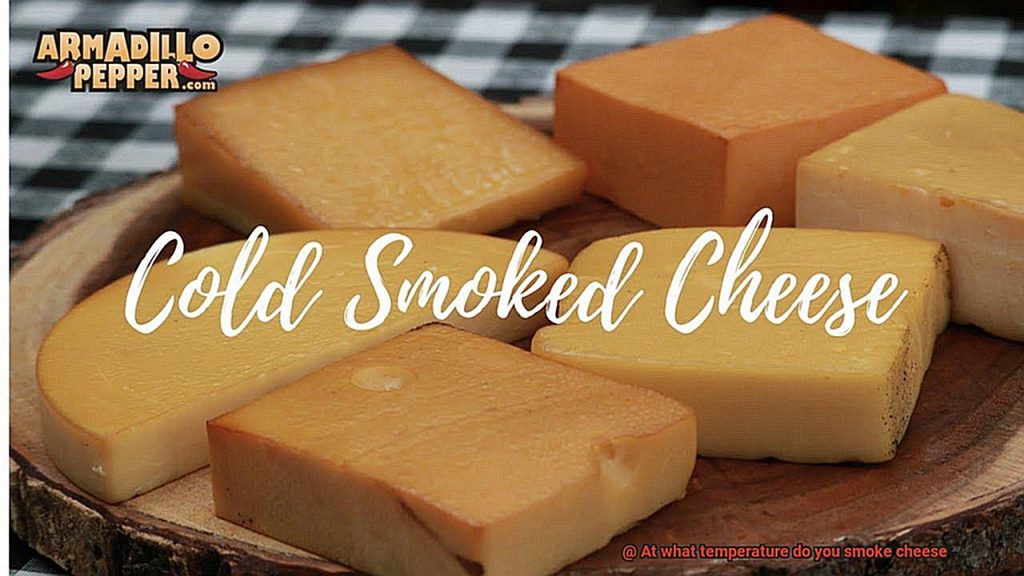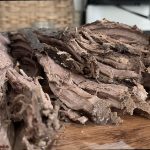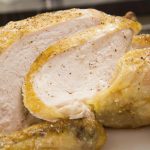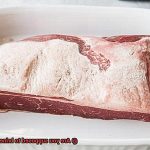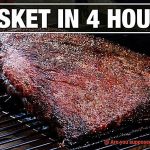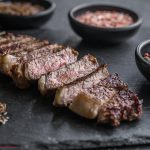Imagine a luscious wheel of Gouda, caressed by a gentle wisp of hickory-infused smoke, transforming its already exceptional flavor into an otherworldly gustatory experience. Smoking cheese is a culinary journey that tantalizes our senses, adding depth and character to cheese boards and recipes that will leave your taste buds begging for more.
But here’s the thing: knowing the right temperature for smoking cheese is absolutely essential. Too hot, and your precious dairy gem could melt into a gloopy mess; too cool, and that savory smokiness might remain frustratingly elusive. Fear not. In this guide, we’re diving deep into the nuances of cheese smoking temperatures, revealing the secrets to achieving that perfect balance between flavors and melt-in-your-mouth textures.
Get ready to embark on a flavorful adventure as we uncover the best techniques, temperatures, and tips for smoking cheese. With this knowledge in hand, you’ll unlock a world of culinary creativity that will astound your palate and impress even the most discerning cheese connoisseurs.
So let’s fire up those smokers and get ready to elevate your cheese game like never before.
Contents
What is the Ideal Temperature for Smoking Cheese?
Smoking cheese is a culinary adventure that elevates the flavor profile of your favorite dairy delight. However, achieving the perfect balance of smokiness without compromising the texture requires mastering the ideal temperature. In this article, we will delve into the secrets of smoking cheese and unveil the ideal temperature range for this delectable process.
The Sweet Spot: 80°F to 90°F
The sweet spot for smoking cheese lies between 80°F and 90°F (27°C and 32°C). This temperature range allows the cheese to gracefully absorb the smoky flavors without losing its distinct texture. Going above this range risks turning your creamy treat into a greasy mess, while temperatures below it yield a milder smoky flavor that fails to fully penetrate the cheese.
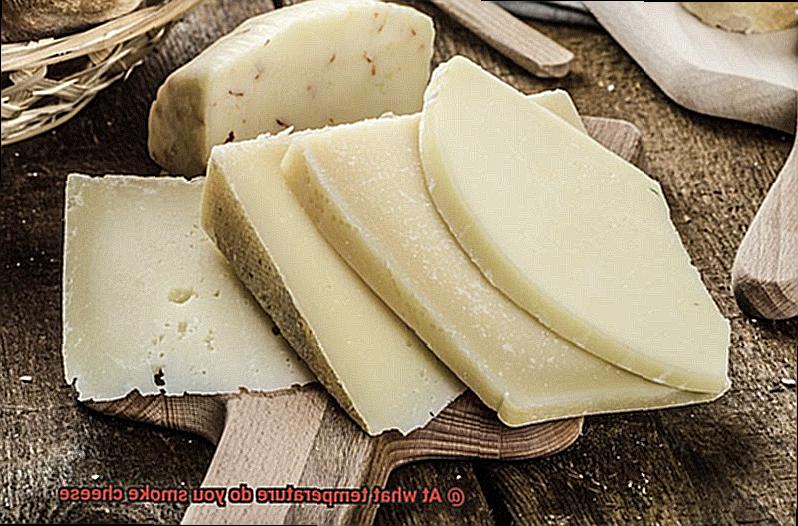
Maintaining Consistent Temperature:
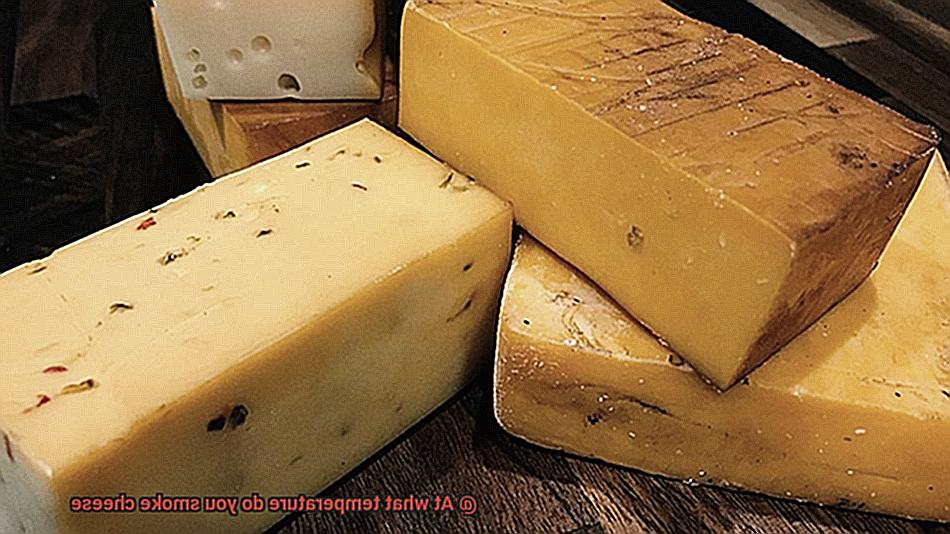
To ensure an even distribution of smoke and prevent the cheese from melting, it is crucial to maintain a consistent temperature throughout the smoking process. Some smokers and grills come equipped with built-in temperature controls, simplifying this task. However, for those without such luxuries, fear not. A trusty digital thermometer can be your best friend, helping you monitor and adjust the temperature accordingly.
Indirect Heat: The Key to Success
When it comes to smoking cheese, indirect heat is your ally. Direct heat can cause the cheese to melt rapidly, leading to an unappetizing texture. Indirect heat ensures that the smoky flavors permeate the cheese gradually, preserving its structure and integrity.
Timing is Everything
The duration of smoking can vary depending on personal preference and the type of cheese being smoked. Typically, the smoking process takes around 1-2 hours. Vigilance is crucial during this time; keep a watchful eye on your precious cheese to prevent overheating or melting.
Rest and Cool Down:
Once your cheese has reached the desired level of smokiness, it is essential to let it rest and cool down before indulging or storing it. This allows the flavors to settle and ensures that your cheese retains its ideal texture.
What Happens if the Temperature is Too High?
Temperature plays a vital role in various aspects of our lives. From cooking to climate control, understanding the effects of temperature is crucial. When it comes to elevated temperatures, there are significant consequences that can impact both living organisms and inanimate objects. In this article, we will explore the potential dangers and outcomes that occur when the temperature is too high.
The Impact on Living Organisms:
Heat Exhaustion and Heatstroke:
High temperatures can lead to heat exhaustion and heatstroke in humans and animals. Prolonged exposure to excessive heat can cause dehydration, fatigue, dizziness, and confusion. If left untreated, it can escalate to heatstroke, a life-threatening condition characterized by a high body temperature, rapid heartbeat, and potential organ damage.
Dehydration:
Elevated temperatures increase the rate of evaporation from our bodies, leading to dehydration. This can result in dry mouth, thirst, dark urine, fatigue, and even kidney problems if not addressed promptly.
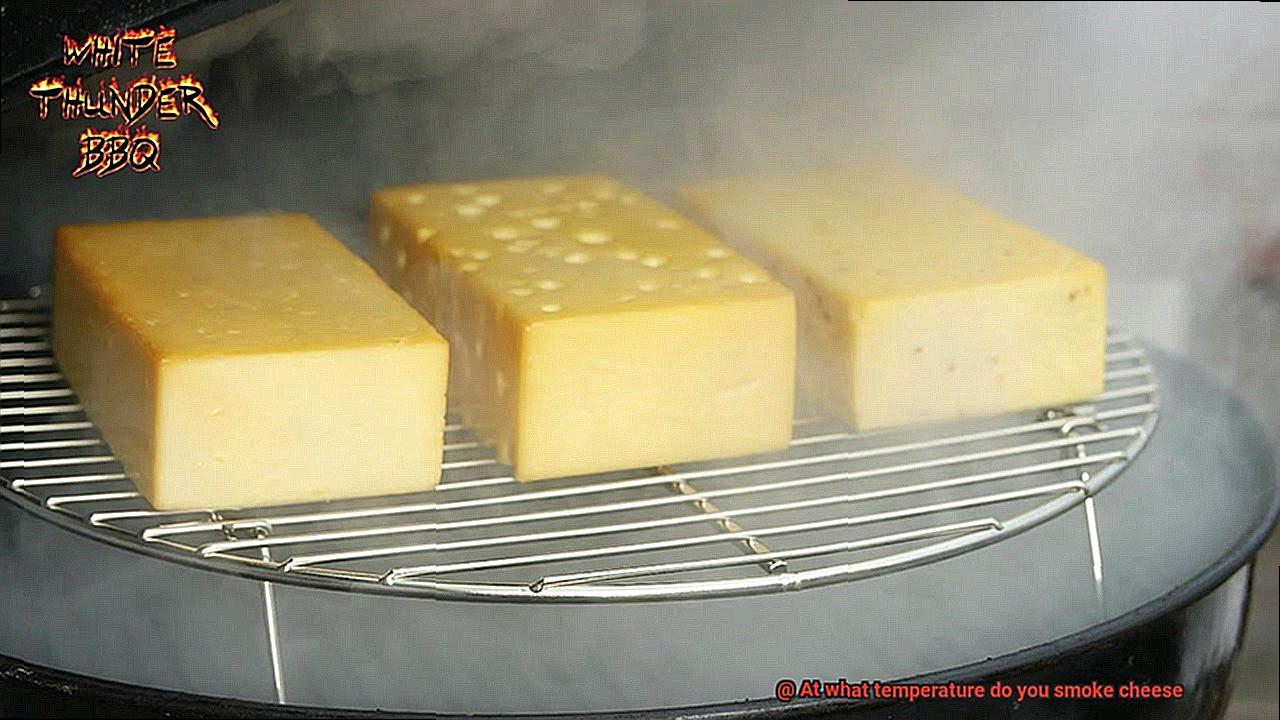
Respiratory Issues:
Hot weather can exacerbate respiratory conditions such as asthma and bronchitis. High temperatures can trigger difficulty in breathing, coughing, wheezing, and other respiratory symptoms.
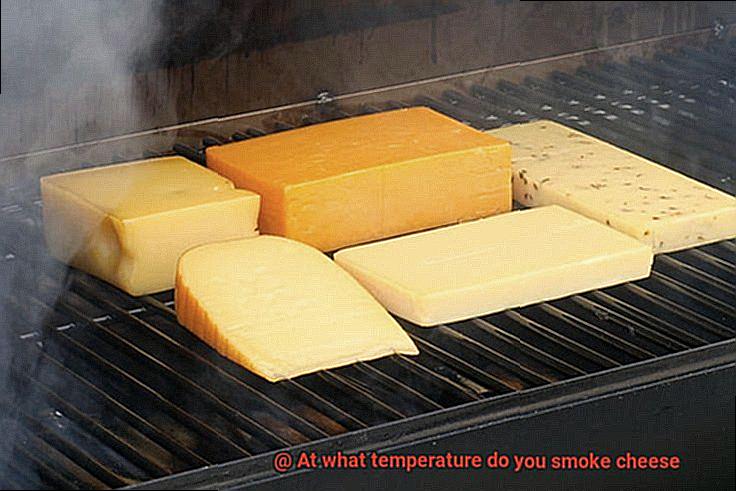
The Impact on the Environment:
Environmental Degradation:
High temperatures contribute to environmental degradation through various mechanisms. Increased temperatures can accelerate the melting of glaciers and polar ice caps, leading to rising sea levels and disrupting ecosystems. It can also intensify heatwaves, droughts, and wildfires, which have devastating effects on biodiversity.
Crop Failure:
Extreme heat can negatively impact agriculture by impairing crop growth and reducing yields. High temperatures can cause plants to wilt, dry out the soil, disrupt pollination processes, and increase water requirements for irrigation.
Energy Consumption:
Hotter temperatures result in increased energy consumption for cooling purposes. Air conditioners and fans work overtime to maintain comfortable indoor temperatures, leading to higher electricity usage and greenhouse gas emissions.
What Happens if the Temperature is Too Low?
When it comes to smoking cheese, maintaining the right temperature is crucial for achieving that perfect smoky flavor and texture. Let’s dive into what happens if the temperature is too low during the smoking process.
First and foremost, when we smoke cheese, we want that delicious smoky flavor to seep into every bite. But if the temperature is too low, that flavor infusion might not happen as we’d like. The ideal temperature for smoking cheese is typically between 80°F and 100°F (27°C and 38°C). This sweet spot allows the cheese to absorb the smoke without melting into a gooey mess.
Speaking of melting, if the temperature is too low, your cheese might not melt at all. And while that may sound great if you want to preserve the shape of your cheese block, it’s actually a problem. Melting helps the smoke particles penetrate the cheese and gives it that unique smoky taste. Without proper melting, you might end up with a lackluster flavor experience.
Now, let’s talk about time. If the temperature is too low during the smoking process, it can take longer for the cheese to absorb the desired amount of smoke flavor. This means an extended smoking time, which can affect the texture and consistency of your cheese. Plus, nobody wants to wait forever for their delicious smoked cheese.
Another issue with low temperatures during smoking is uneven smoke distribution. To get that perfect flavor throughout your cheese block, you need to ensure that the smoke is evenly distributed on all sides. But if the temperature is too low, achieving consistent smoke distribution becomes a challenge. And trust me, you don’t want some parts of your cheese tasting amazing while others are left lacking.
Finally, let’s touch on safety concerns. While low temperatures may not pose significant risks during the smoking process, it’s essential to follow proper food handling and smoking guidelines. Cheese should be smoked within a safe temperature range to prevent bacterial growth or contamination. Safety first, my friends.
Popular Techniques for Smoking Cheese
Smoking cheese is a popular technique that can add a whole new depth of flavor to your favorite dairy delight. But how do you achieve that perfect smoky taste without melting your cheese into a gooey mess?
Well, the answer lies in the art of cold smoking. This technique involves exposing the cheese to smoke at a temperature below 90°F (32°C) for an extended period of time. The low temperature ensures that the cheese maintains its shape while absorbing all those delicious smoky flavors.
To achieve this, you’ll need a smoke generator. These nifty devices produce smoke without generating heat. You can choose from electric smokers, pellet smokers, or even handheld smoke guns to suit your needs. Just make sure to place the smoke generator in a separate chamber or attach it to your grill or smoker.
Now that you’ve got your setup ready, it’s time to prep the cheese. Let it come to room temperature and dry it thoroughly, as a dry surface helps the cheese absorb smoke more effectively. Some cheese aficionados even recommend rubbing the cheese with oil or applying a thin layer of wax to prevent it from drying out during smoking.
When it’s time to smoke, give each piece of cheese enough space for proper airflow. Placing them on a wire rack or using a cheese mat will ensure an even distribution of flavor. And don’t forget to monitor the temperature. While cold smoking doesn’t involve high heat, keeping an eye on the ambient temperature is crucial to avoid any melty mishaps.
Once your cheese has soaked up all that smoky goodness, let it rest and age for at least a week or two. This allows the flavors to mellow and integrate fully with the cheese, resulting in a truly mouthwatering experience.
Cold Smoke Generators and Their Benefits
Prepare to be amazed. Today, we’re diving into the captivating world of cold smoke generators and the incredible benefits they bring. Trust me, once you discover their power, traditional grilling will become a thing of the past.
But what exactly is a cold smoke generator? Picture a small, ingenious device that produces smoke without generating heat. It’s like magic for your cheese. Say goodbye to any worries about melted cheese catastrophes – with a cold smoke generator, your precious dairy delights will retain their shape and texture while basking in those tantalizing smoky flavors.
Temperature control is paramount when smoking cheese, and this is where cold smoke generators truly shine. They offer precise control over the temperature, ensuring that it stays within the optimal range of 68°F to 86°F (20°C to 30°C). This means your cheese remains intact while absorbing every last bit of that delicious smoky essence. No more fears of shape loss or unwanted melting – just pure cheesy perfection.
But hold on, there’s even more to love about cold smoke generators. They’re incredibly versatile, effortlessly attaching to various grills and smokers. With this flexibility, you can experiment with different types of food, expanding your culinary horizons in ways you never thought possible. And let’s not forget their portability. These compact wonders are easy to transport and can accompany you on all your outdoor adventures, ensuring that smoky cheese is never far away.
Now let’s talk about the flavor options. Cold smoke generators can be fueled by an array of wood chips or pellets, each offering its distinct taste sensation. Whether you crave the robustness of hickory or the delicate touch of applewood, the choice is entirely yours. Some models even allow you to adjust airflow vents, granting you ultimate control over the intensity of the smoke and enabling you to achieve your desired level of smokiness.
The Importance of Monitoring the Temperature When Smoking Cheese
When it comes to smoking cheese, temperature control is of utmost importance. It can be the difference between a beautifully smoked piece of cheese and a melted mess that leaves you feeling disappointed. So, why exactly is monitoring the temperature so crucial? Let’s delve into the details:
- Texture matters: The key to smoking cheese successfully lies in retaining its shape and texture. Excessive heat can cause the cheese to melt and lose its form, resulting in a gooey mess that is no longer appealing. By monitoring the temperature, you can ensure that the cheese stays firm and maintains its desired texture.
- Flavor infusion: The whole point of smoking cheese is to infuse it with delicious smoky flavors. However, if the temperature is too high, the cheese can become soft and oily, resulting in a less desirable texture and overpowering smoke flavor. On the other hand, if the temperature is too low, the cheese may not absorb enough smoke flavor. By monitoring the temperature closely, you can achieve that perfect balance of flavor infusion.
- Cheese-specific temperatures: Different types of cheese have different characteristics and requirements. Some cheeses may require slightly higher or lower temperatures to achieve optimal results. It’s essential to consider these specific temperature ranges to ensure that each type of cheese is smoked to perfection.
- Consistency is key: Maintaining a consistent temperature throughout the smoking process is crucial for even smoke distribution and flavor infusion. Fluctuations in temperature can result in uneven smoke penetration, leading to an inconsistent flavor profile in the finished product. By monitoring and controlling the temperature carefully, you can achieve a perfectly smoked cheese with a balanced flavor and desirable texture.
So how do you monitor the temperature when smoking cheese? It’s simple. Use a reliable thermometer to measure the temperature inside the smoker. Some smokers come with built-in temperature gauges, but it’s always best to double-check with an additional thermometer for accuracy.
How to Maintain the Ideal Temperature Range for Smoking Cheese
Smoking cheese is a delicious way to add a smoky flavor to your favorite dairy treat. But did you know that maintaining the ideal temperature range is crucial for achieving the perfect balance of flavor and texture? In this blog post, we will explore the key tips and techniques to help you maintain the ideal temperature range for smoking cheese.
Use a Dedicated Smoker or Smoke Generator
A dedicated smoker or smoke generator is specifically designed to regulate and control the temperature, ensuring a steady and controlled smoking environment. These devices allow you to maintain the ideal temperature range without any fluctuations. They are equipped with features like adjustable vents and precise temperature controls, making it easier to keep the temperature within the desired range. This ensures that your cheese gets just the right amount of smoke without melting or becoming greasy.
Monitor the Heat Source
Whether you are using a smoker or a grill, it’s important to monitor the heat source carefully. Use a thermometer to measure the temperature inside the smoking chamber and make adjustments as needed. This will help you maintain a consistent temperature throughout the smoking process. Keep an eye on the heat source and make sure it is producing enough smoke without generating excessive heat. Adjust the airflow vents or add more wood chips if necessary to maintain the ideal temperature range.
Consider an External Cold Smoke Generator
An external cold smoke generator is a great tool for maintaining the ideal temperature range. This device produces smoke separately from the heat source, allowing you to introduce smoke into the smoking chamber without raising its temperature significantly. This ensures that your cheese stays cool while getting that delicious smoky flavor. Cold smoke generators are specifically designed for smoking delicate foods like cheese at low temperatures, making them an excellent choice for maintaining the ideal temperature range.
Choose the Right Environment
If you don’t have access to a smoker or a cold smoke generator, you can still smoke cheese on a grill or charcoal smoker. However, it may require more effort to maintain the ideal temperature range as these methods are not specifically designed for cold smoking. To keep the temperature within the desired range, choose a cool day or smoke in a shaded area where ambient temperatures won’t interfere with your smoking process. Avoid direct sunlight or any other external heat sources that could cause the temperature to rise uncontrollably. By selecting the right environment, you can increase your chances of maintaining the ideal temperature range throughout the smoking process.
Use Ice Packs or Frozen Water Bottles
If necessary, you can use ice packs or frozen water bottles inside the smoking chamber to help lower and regulate the temperature. Just be careful not to place them directly on or near the cheese, as this can cause condensation and affect its texture. These cooling methods can be especially useful on hot days when it’s challenging to keep the smoking chamber within the ideal temperature range. Make sure to monitor the temperature closely when using ice packs or frozen water bottles and adjust as needed to maintain the desired range.
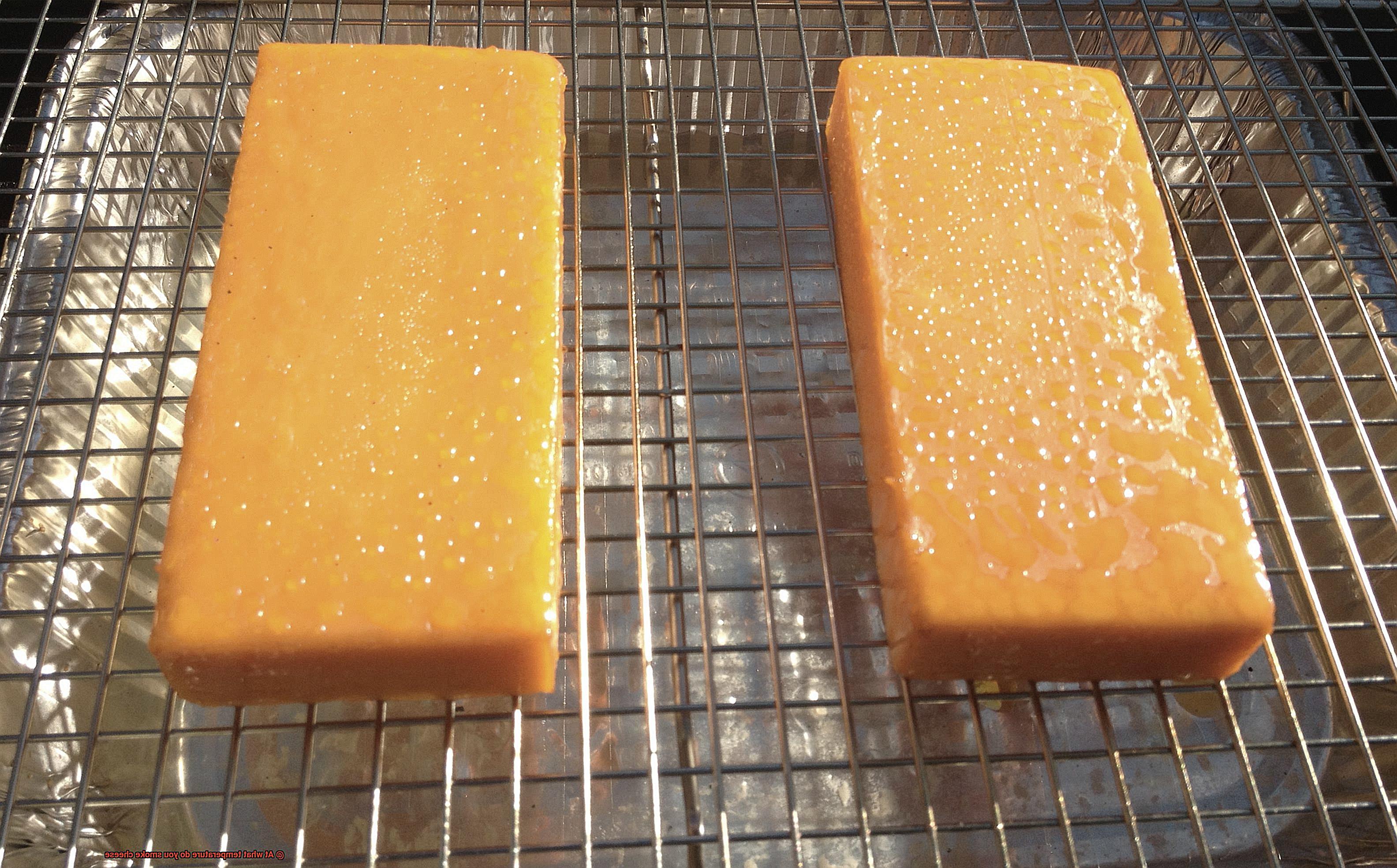
uFuFRqje5j4″ >
Conclusion
In conclusion, smoking cheese is a delicate craft that demands meticulous temperature control. The sweet spot for smoking cheese lies between 80°F and 90°F (27°C and 32°C), where the perfect balance of smoky flavor and distinct texture can be achieved. Consistency is key throughout the smoking process to ensure even smoke distribution and prevent any unwelcome melting mishaps.
Cold smoking steals the show as the preferred technique for infusing cheese with that irresistible smokiness. Cold smoke generators are invaluable tools, producing smoke without generating heat. They offer precise temperature control, fuel versatility, and easy portability for outdoor escapades.
Keeping a watchful eye on temperature is paramount during the smoking journey. A trustworthy thermometer becomes your best friend, measuring the smoker or grill’s internal temperature to maintain consistency and guarantee optimal flavor infusion. Dedicated smokers or smoke generators equipped with adjustable vents and precise controls take the guesswork out of regulating temperatures.
For those without specialized equipment, fear not. Choosing an appropriate environment and employing cooling methods like ice packs or frozen water bottles can help maintain that coveted temperature range.
By mastering the art of temperature control in cheese smoking, you elevate your culinary prowess and leave even the most discerning taste buds in awe.

